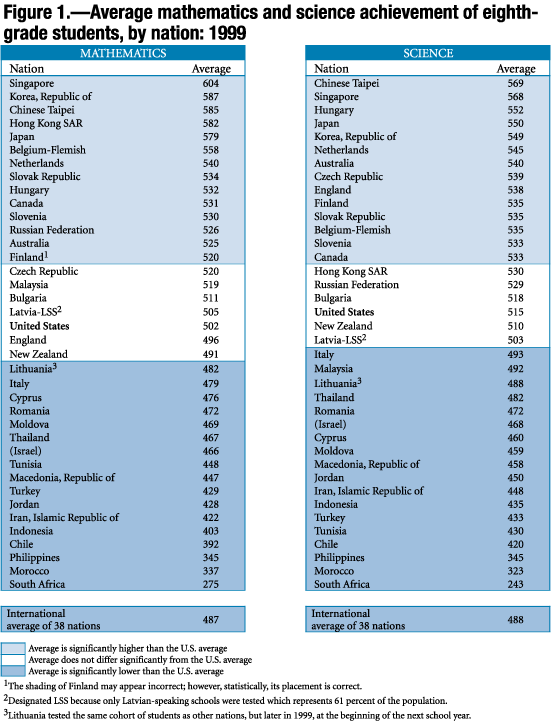IT Labor Market
Overview:
Morocco
has very limited information specified on IT labor market.
However, the social indicators, education, and labor relations are
important pointer to the IT labor market trends.
Social Indicators
Life
Expectancy: 67
Infant
Mortality: 49 per thousands
Doctors per mn: 34
Female
Youth Illiteracy: 45%
Male
Youth Illiteracy: 25%
Primary
Education: 6yrs
Pupil
per Teacher: 28
Compare
to United States:
Life Expectancy:
76.5
Infant
Mortality:
7.2
Other
Morocco Statistics:
-
72
percent of all poor live in rural areas.
-
As
earning opportunities disappear in rural areas, people move to cities
where they are likely to join the ranks of the urban poor.
-
Among
city dwellers, poverty is particularly prevalent among the
self-employed, usually engaged in small trading.
-
One
of the most important characteristics of the poor is lack of
education.
-
The
rate of illiteracy is 59.4%, exceeding that of all Arab countries. –
41 % of total male population is illiterate and 67% of female
population is illiterate.
-
Morocco’s
wealth is unevenly distributed, the concentration of wealth is in the
hands of names such as El Kettani (Wafaband and SOPAR group),
Benjelloun (BMCE Bank), El Amarani.
-
70
% of the population benefit from health services.
-
Labor
force: 7.4 million.
-
By
occupation: agriculture 50%, services 26%, industry 15%, other 9 %
(1995).

Developing
countries - Science and Technology - 1
Labor Relations
- Minimum
monthly wage is $176.76.
- The
total workforce is about 10 million.
- To
be competitive in the labor market, vocation training programs have
established based on the companies needs.
- In
June 1996, government, trade unions, and employees reached an
agreement to: 1) improve wages for the entire workforce.
2) 10 % raise of minimum wages, 3) Plan to construct 100,000
housing units.
- Permanent
employees are represented by national unions
Currently, Morocco's
laws make it extremely difficult for a corporation to change the size of
its labor force to meet short-term requirements or a sudden upsurge in
work. Morocco's labor laws present numerous hurdles that make it extremely
difficult to terminate an individual's employment.
This
is a key inhibitor of greater use of technology by private sector is labor
law. For firms to get the full benefit of technology, they need to
restructure labor within the organization. Corporation will hesitate
before hiring new employees to meet what may only be a temporary change in
the business climate. As a result of this, business opportunities will be
lost both for the corporation and for the individuals who could have been
employed.
|
Country Background
Telecommunications Infrastructure
Industrial
Production
Internet Diffusion
Electronic Commerce
Hardware Manufacturing
Software Development
IT Labor Market
IT Geographic
Government policies
Analysis: IT strength/Weakness
Analysis: IT Impacts on Business
Reference
Home
|